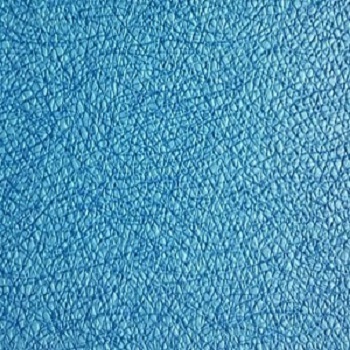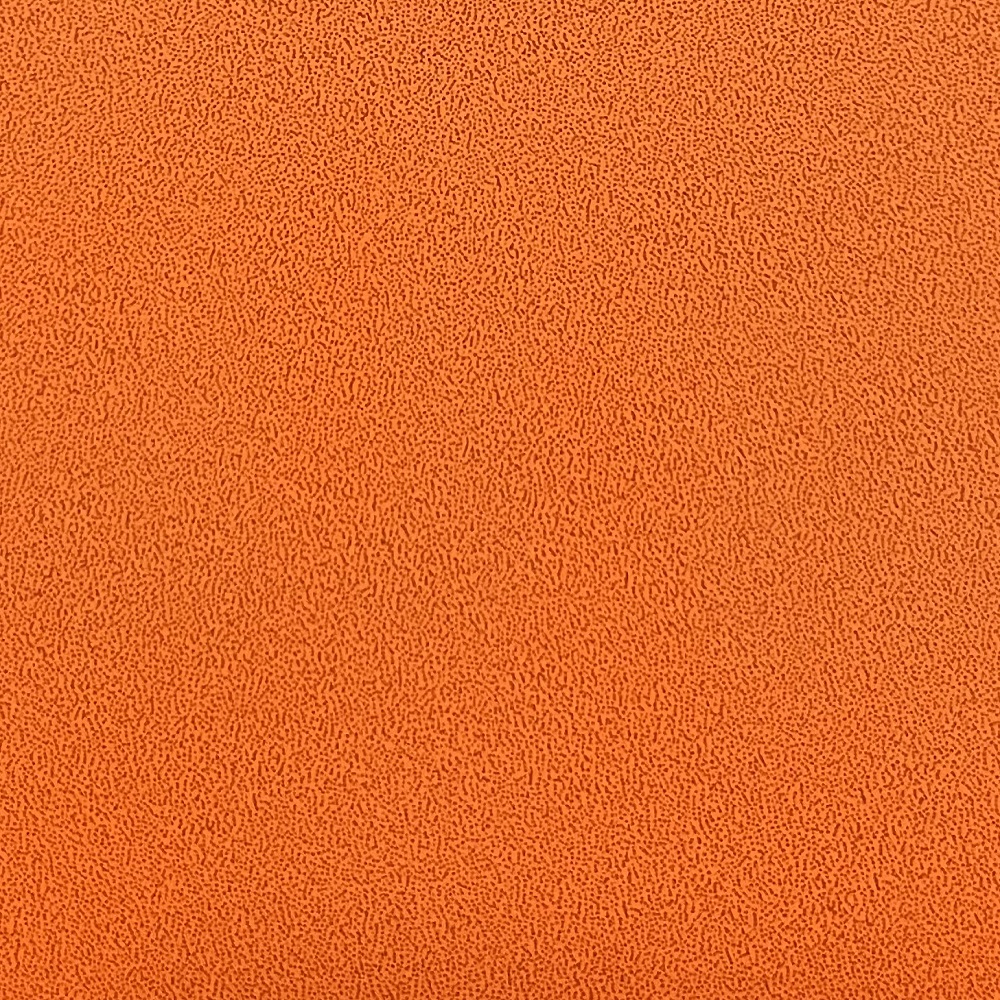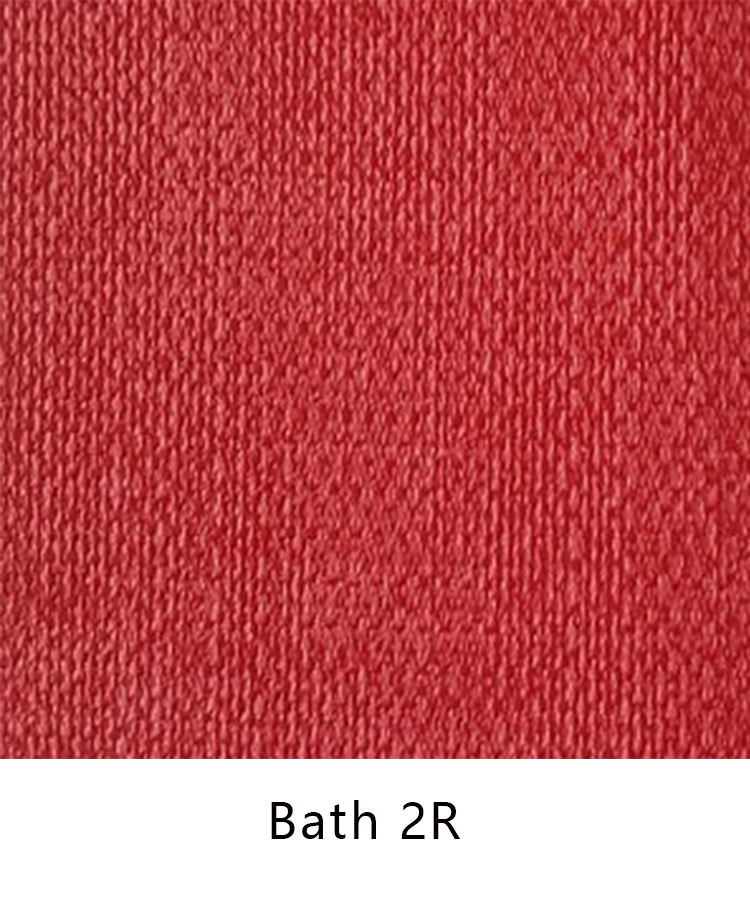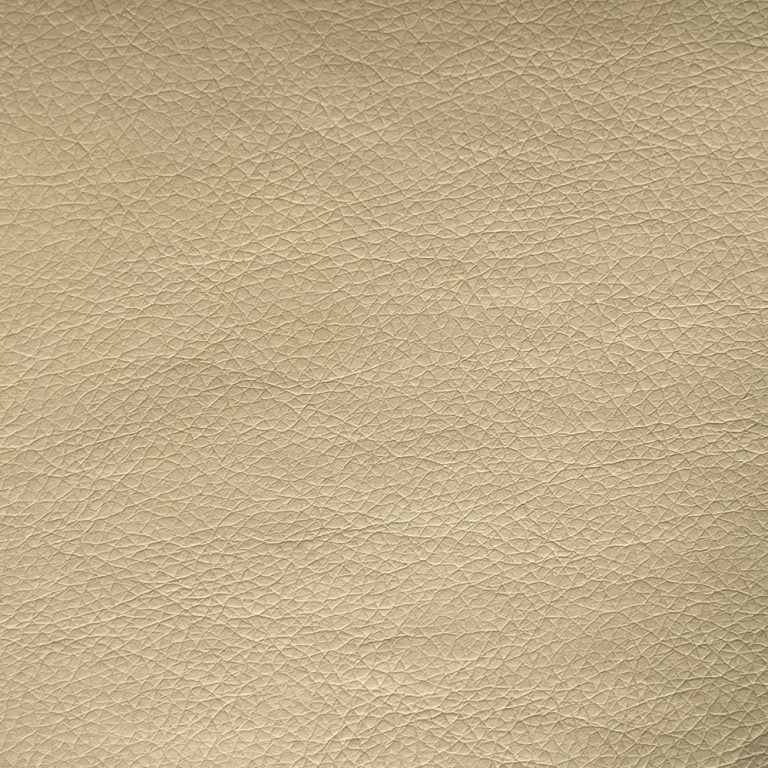Table of Contents
Pros and Cons of Using PU Yoga Mats
Yoga has become a popular form of exercise and relaxation for many people around the world. With the rise in popularity of yoga, there has also been an increase in the variety of yoga mats available on the market. One type of yoga mat that has gained popularity in recent years is the PU yoga mat.
PU, or polyurethane, is a synthetic material that is often used in the production of yoga mats. PU yoga mats are known for their durability, cushioning, and non-slip surface. These mats are often preferred by yogis who practice hot yoga or other forms of yoga that involve a lot of movement and sweating.
One of the main advantages of using a PU yoga mat is its durability. PU mats are known to be long-lasting and can withstand regular use without wearing out quickly. This makes them a good investment for those who practice yoga regularly and want a mat that will last for a long time.
In addition to their durability, PU yoga mats also provide excellent cushioning. The material used in PU mats is soft and comfortable, making it easier on the joints during yoga practice. This can be especially beneficial for those who have joint pain or other physical limitations that make practicing yoga on a hard surface uncomfortable.
Another advantage of PU yoga mats is their non-slip surface. The material used in PU mats is designed to provide traction, which helps prevent slipping and sliding during yoga practice. This can be particularly important for those who practice more advanced yoga poses that require a strong and stable foundation.
Despite their many advantages, PU yoga mats also have some drawbacks. One of the main disadvantages of PU mats is that they can be more expensive than other types of yoga mats. This can be a deterrent for some people who are on a tight budget and cannot afford to spend a lot of money on a yoga mat.
Another potential downside of PU yoga mats is that they may not be as environmentally friendly as other types of yoga mats. PU is a synthetic material that is not biodegradable, which means that it may not break down easily in landfills. For those who are concerned about their environmental impact, this may be a reason to choose a different type of yoga mat.
| Article Name | Variety |
| Yoga mat rubber and pu leather | S |
In conclusion, PU yoga mats have both pros and cons that should be considered when choosing a yoga mat. Their durability, cushioning, and non-slip surface make them a popular choice for many yogis, especially those who practice more intense forms of yoga. However, their higher cost and potential environmental impact may be drawbacks for some people. Ultimately, the decision to use a PU yoga mat will depend on individual preferences and priorities.
How to Clean and Maintain Your PU Yoga Mat
Yoga has become a popular form of exercise and relaxation for many people around the world. Whether you practice yoga at home or in a studio, having a good quality yoga mat is essential for a comfortable and safe practice. PU yoga mats are a popular choice among yogis due to their durability, grip, and comfort. However, like any other yoga mat, PU mats require regular cleaning and maintenance to ensure they remain in good condition and last for a long time.

Cleaning your PU yoga mat is important not only for hygiene but also for maintaining its grip and durability. Sweat, dirt, and bacteria can build up on your mat over time, leading to unpleasant odors and a slippery surface. To clean your PU yoga mat, start by wiping it down with a damp cloth or sponge. You can use a mild soap or detergent to help remove stubborn stains and odors. Avoid using harsh chemicals or abrasive cleaners, as they can damage the material of your mat.
After cleaning your PU yoga mat, it is important to let it air dry completely before rolling it up or storing it away. Hanging your mat in a well-ventilated area can help speed up the drying process and prevent mold and mildew from forming. Avoid exposing your mat to direct sunlight or high heat, as this can cause the material to deteriorate and lose its grip.
In addition to regular cleaning, it is important to maintain your PU yoga mat by practicing proper care and storage techniques. When not in use, roll your mat up loosely rather than folding it, as this can cause creases and damage the material. Store your mat in a cool, dry place away from direct sunlight and moisture to prevent mold and mildew growth.
If your PU yoga mat starts to lose its grip or become slippery, you can try using a yoga mat cleaner or a mixture of water and vinegar to restore its tackiness. Simply spray the cleaner onto your mat, wipe it down with a damp cloth, and let it air dry. This will help remove any residue or buildup on the surface of your mat and improve its grip for your next practice.
In conclusion, cleaning and maintaining your PU yoga mat is essential for ensuring a safe and comfortable practice. By following these simple tips and techniques, you can keep your mat in good condition and prolong its lifespan. Remember to clean your mat regularly, practice proper care and storage techniques, and use gentle cleaners to maintain its grip and durability. With proper maintenance, your PU yoga mat will continue to support you in your practice for years to come.
The Environmental Impact of PU Yoga Mats
Yoga has become a popular form of exercise and relaxation for many people around the world. With the rise in popularity of yoga, there has also been an increase in the demand for yoga mats. Yoga mats are essential for providing a comfortable and non-slip surface for practitioners to perform their poses and stretches. However, not all yoga mats are created equal, and some materials used in their production can have a negative impact on the environment.

One material that is commonly used in the production of yoga mats is polyurethane, or PU. PU is a synthetic material that is durable, lightweight, and provides excellent cushioning for yoga practitioners. However, the production of PU involves the use of chemicals that can be harmful to the environment. These chemicals can leach into the soil and water supply, causing pollution and harm to wildlife.
In addition to the environmental impact of the production of PU yoga mats, there is also the issue of disposal. PU is not biodegradable, which means that when a yoga mat made from PU is no longer usable, it will sit in a landfill for hundreds of years before breaking down. This contributes to the growing problem of waste management and pollution.
As awareness of environmental issues grows, many yoga practitioners are seeking out more eco-friendly alternatives to traditional PU yoga mats. One popular option is natural rubber mats, which are made from sustainable and biodegradable materials. Natural rubber mats provide excellent grip and cushioning, making them a great choice for yoga practitioners who are looking to reduce their environmental impact.
Another eco-friendly option for yoga mats is cork. Cork is a renewable resource that is harvested from the bark of cork oak trees. Cork yoga mats are lightweight, durable, and provide a non-slip surface for yoga practice. Cork is also biodegradable, making it a more sustainable choice than traditional PU mats.
In addition to natural rubber and cork, there are also yoga mats made from recycled materials such as recycled rubber or plastic. These mats help to reduce waste by repurposing materials that would otherwise end up in a landfill. By choosing a yoga mat made from recycled materials, practitioners can help to reduce their carbon footprint and support a more sustainable yoga practice.
While PU yoga mats may be popular due to their affordability and durability, it is important for yoga practitioners to consider the environmental impact of their mat choice. By opting for eco-friendly alternatives such as natural rubber, cork, or recycled materials, practitioners can reduce their impact on the environment and support a more sustainable yoga practice. Making small changes in our purchasing decisions can have a big impact on the health of our planet, and choosing an eco-friendly yoga mat is a simple yet effective way to make a positive difference.






